I've got a couple of ESP8266 modules. Tried to use them with the AT command set. They work, but it's not a very good interface.
Once the SDK was released, I downloaded it and tried the sample apps. I was able to get the IoT app working - now to explore further...
I want to see if I can use these are wireless sensor nodes.
 Matt Callow
Matt Callow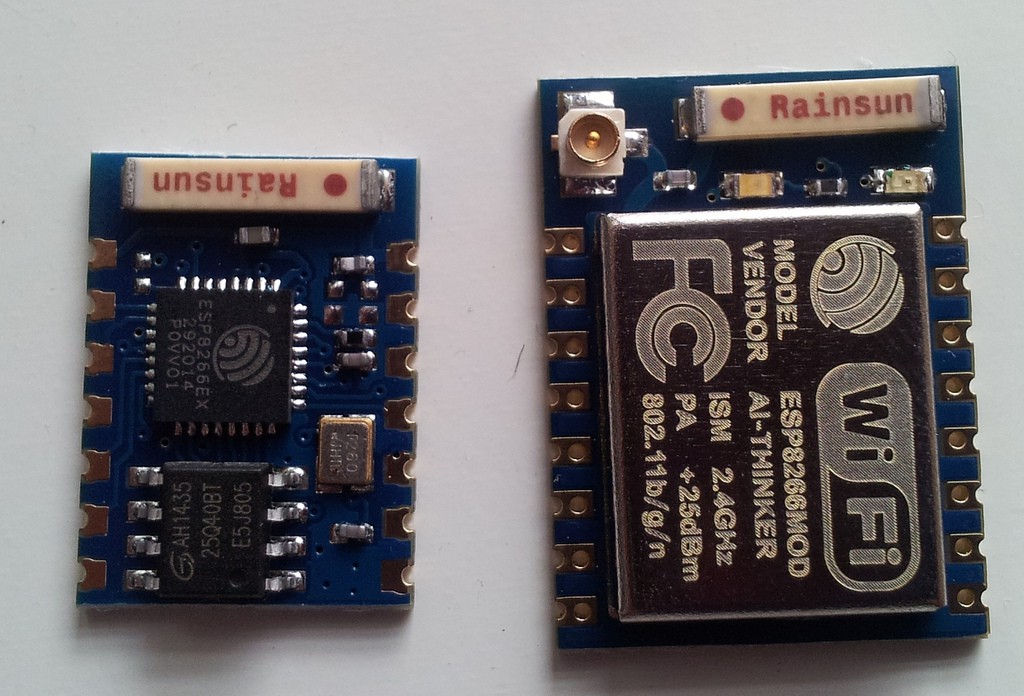
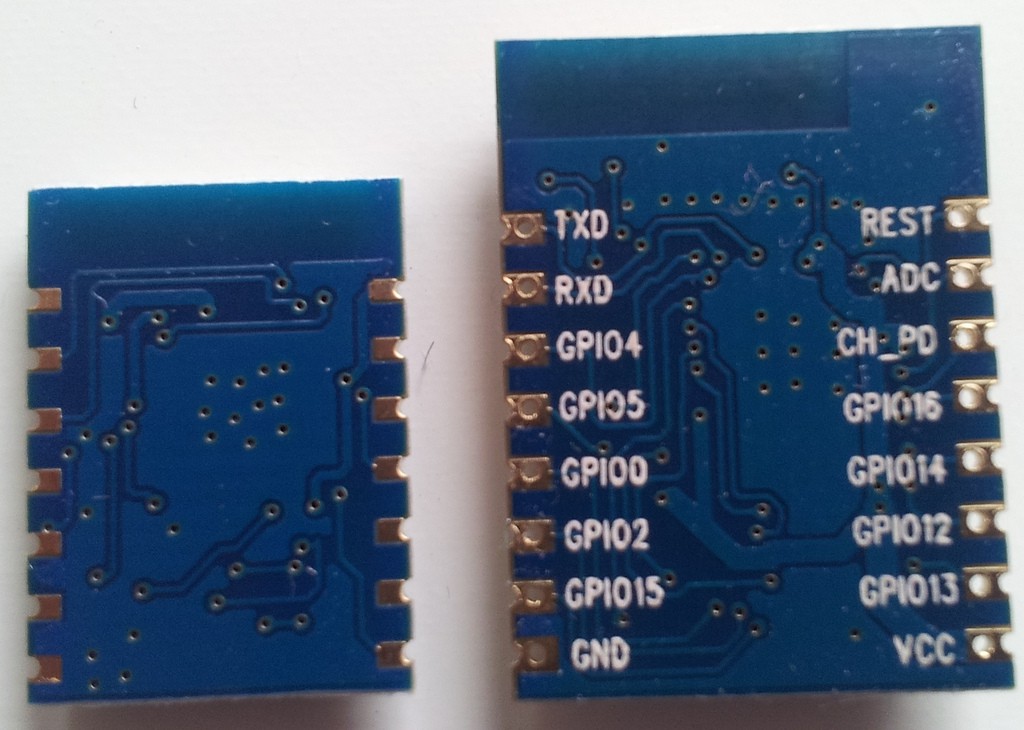
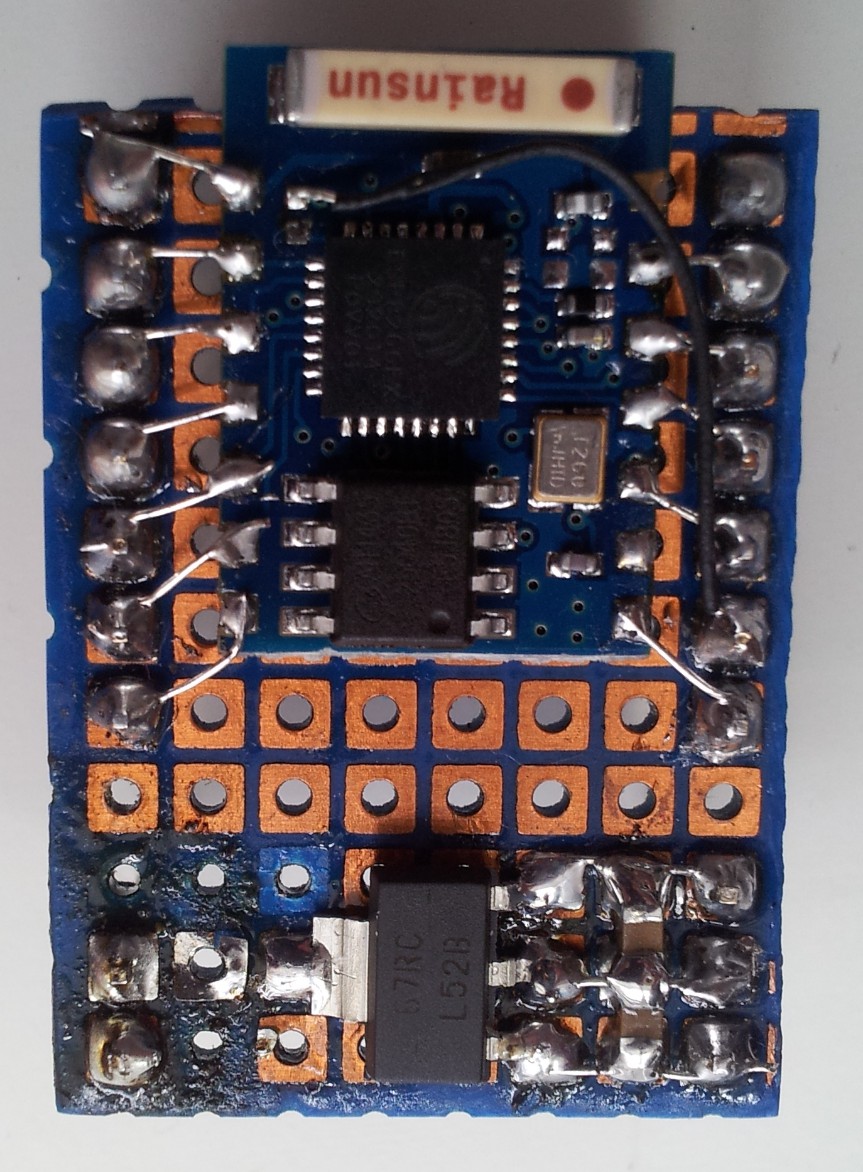






 Rand Druid
Rand Druid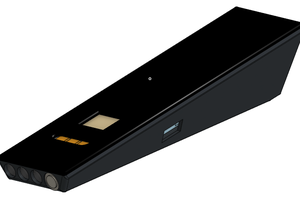
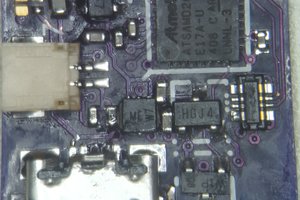
 DrYerzinia
DrYerzinia
 Mike Cochrane
Mike Cochrane
Matt, Love these modules but I cannot get your arduino version to work. It goes through to connect to server but comes up with err 3 every time. I've tried 01, 03, 05 , 12 variants and the same error. Any idea's ?
Dave